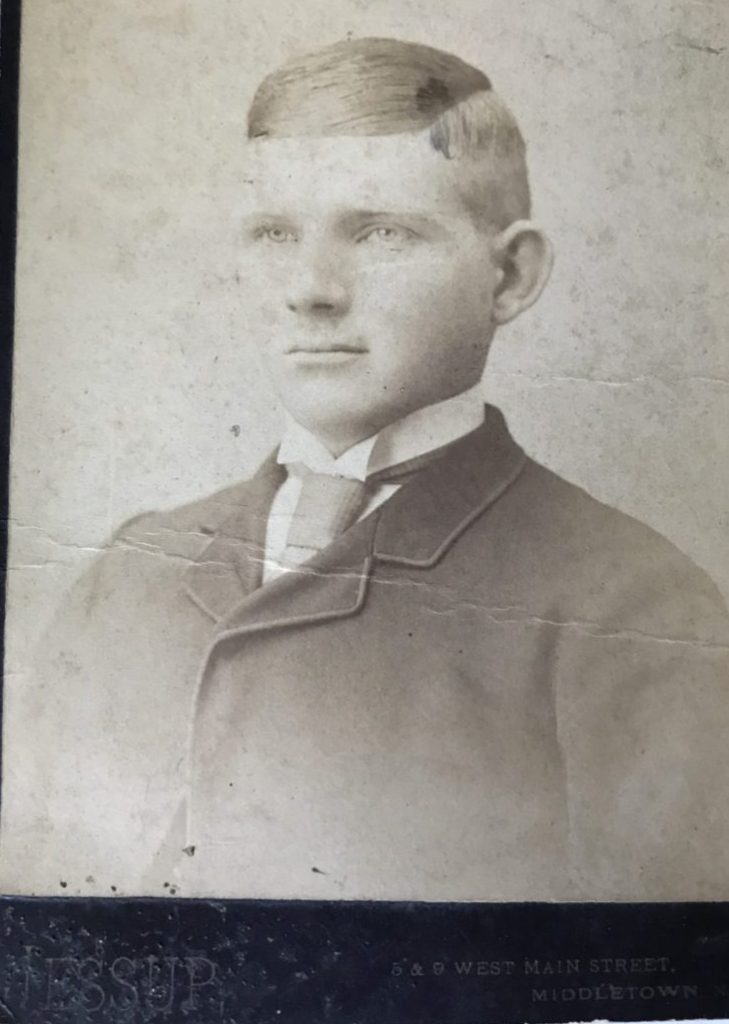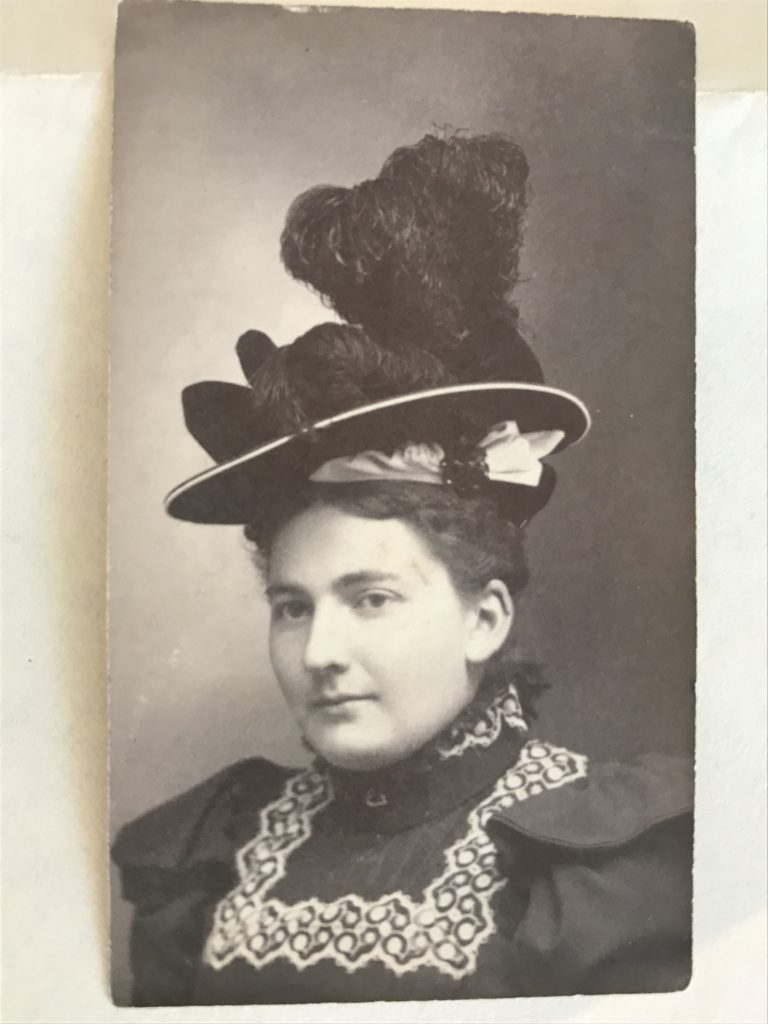It rained every day this week. Every morning brought grey, leaky sky and a shaking out of the umbrellas. Trudge, trudge, cranky children, angry clients. Together with the humidity, it began to smell like worms and decay at my house. The Times Square subway station, I can assure you, smelled even worse.
Our lawn, however, has never looked better. My husband points out that the Premier League only has such bright green turf because of the natural rainfall in England. Be that as it may, no luxurious country estate, not even Mr. Darcy or Mr. Rochester on hands and knees could ever convince me to live somewhere where a week of rain was the norm.
Yet, if I’ve got it right, my ancestors come from just this sort of environment. In an earlier post, I explained that no one has traced the Orange County Dunnings back to the English Dunnings but that “it is probable that several of the early Dunning immigrants to America were of the families from [Throwleigh and the South Tawton].”
The earliest supposed ancestor of the Orange County Dunnings was Theophilus Dunning, who emigrated from England and was granted land in Salem, Massachusetts, in 1642. Meanwhile, the earliest Registry entry for the Church of St. Mary’s in Throwleigh dates 1653. Old Theo left before they could track him!
I should go back and explain that Throwleigh and South Tawton are villages in the County of Devonshire, in Western England. As per my investigations, “typical winter weather in Devon…is clouds and rain with the occasional sunny spell.” What’s more, both are small: even in the 1900’s, Throwleigh had a population of no more than 300 inhabitants.
That makes it all the more unlikely that I would know someone near Throwleigh, right? Someone kind enough to enter St. Mary’s Church there and take a picture of a Dunning memorial for me? Fate is a funny thing, my friends!

As it happens, a colleague of mine grew up in Okehampton, less than a 20-minute drive from Throwleigh. When I told her about my project, she offered to visit the churches in her spare time. Pure goodness, mind you! I’m not the type who wields corporate power by pressuring people for pictures of stained glass windows. Not me.
So there’s the window: in memory of John Dunning, son of Throwleigh Barton who died November 1860. Throwleigh Barton’s a house, not a parent. According to this description (which has wonderful pictures of the village and church), most inhabitants lived in farmhouses or small cottages. Throwleigh Barton was “the most substantial of these farmhouses” and “a rare survival of a sixteenth-century house in vernacular style”.
There appear to be 9 sections of the stained glass design, representing the stages of John Dunning’s life. At least, that’s what I took it to be. His baptism, his studies, his saying goodbye to family in order to delight in Ramen noodles…it’s all there.
Er, I’m afraid I’m no better at interpreting stained glass stories than I am at album photographs. That’s not to say that I don’t think it all beautiful and amazing, because I do. It’s just that I <ahem> see through the stained glass, darkly. Do you know something of memorial windows or understand this one differently? Please share your thoughts!
One thing I do wonder is whether John himself had the window planned before his death, or whether the family drew up the plans post-John. I’m not sure how that works, but the prospective would make a difference, wouldn’t it, as to what scenes were placed in the panels?
What if you had to choose nine panels to represent your life? How would you divide it? What panel are you on now? I thought this, staring out at the drippy dark and grumbling as I washed dishes last night.
I would certainly have birth, marriage, death and the birth of my children in there, but I’m not sure how I would divide the rest. The comforting thing is that a lot of the things I fret over (i.e. dish-washing) wouldn’t stand a chance of making it. Not even bigger problems, things that were perfectly terrible at the time, would fit in a 9-panel depiction of my life.
So take heart. Don’t sweat the small stuff. If we should decide to do your life in stained glass, that garbage wouldn’t make the panel cut anyway.
Many, many thanks to my lovely colleague and a big old family hug to each of you. Happy summer solstice!
















